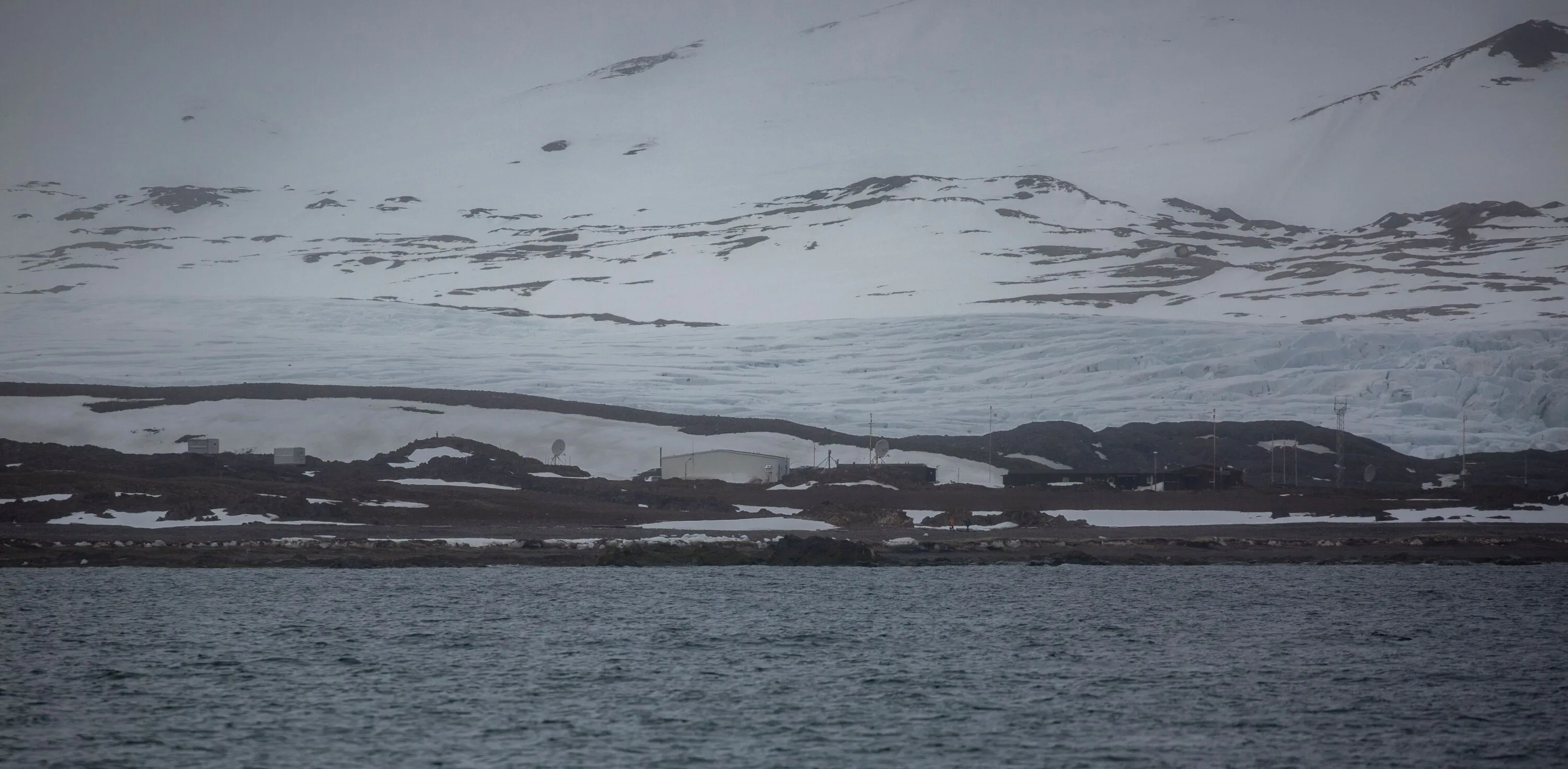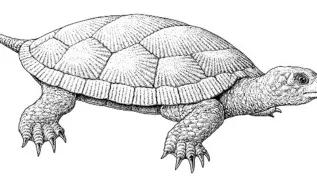-
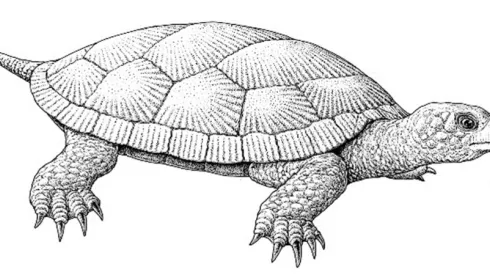
Fossil turtle Shells from Jurassic Poland record ancient ecological interactions, study finds
Scientists at the University of Warsaw have analysed unusual cavities preserved on the shells of sea turtles that lived 150 million years ago, concluding that the marks record ancient interactions with parasites, symbionts and predators.
-
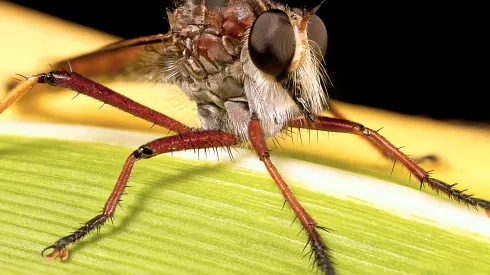
Revolutionary detector could transform thermal imaging and gas detection
A detector that detects energy from near-infrared to thermal radiation at room temperature has been developed by Chinese researchers working with physicists from the Military University of Technology in Warsaw.
-
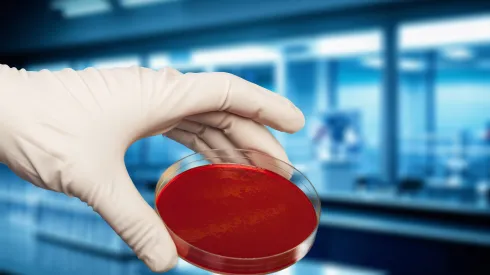
Polish scientists develop method for removing microorganisms with cold plasma
A method for reducing the risk of infections in humans and animals by removing dangerous microorganisms from flat surfaces with cold plasma, has ben developed and patented by scientists from the University of Gdańsk, the Medical University of Gdańsk, and the Wrocław University of Science and Technology.
-
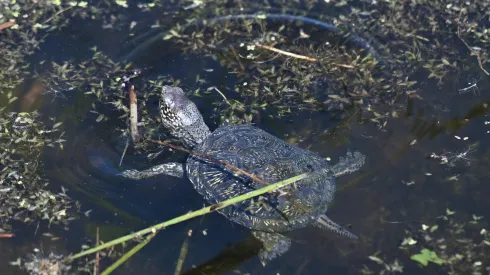
New open-access database catalogues 300 turtle specimens spanning 215 million years
Information on nearly 300 turtle specimens living in Poland and Czechia from approximately 215 million years ago to the present has been compiled in a database created by scientists from the Institute of Paleobiology at the Polish Academy of Sciences.
-
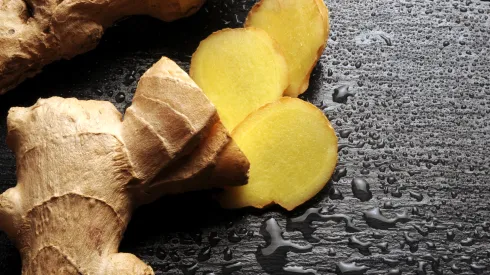
Polish researchers working to cultivate ‘homegrown ginger’ to replace Asian imports
Scientists in Poland are working to develop a homegrown Polish variety of ginger that could be cultivated in drought-affected regions and on farms currently growing crops such as corn and potatoes.
-
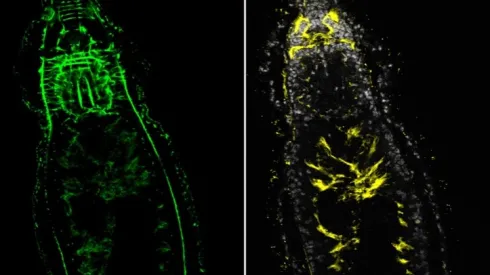
Two-headed worms discovered by Polish scientists
Scientists at the University of Warsaw have discovered flatworms that spontaneously develop a second, fully formed head where a tail should have been, a phenomenon previously unknown in the animal kingdom. Despite the anomaly, the two-headed worms were able to feed and move, though movement was clumsy, researchers said.
-
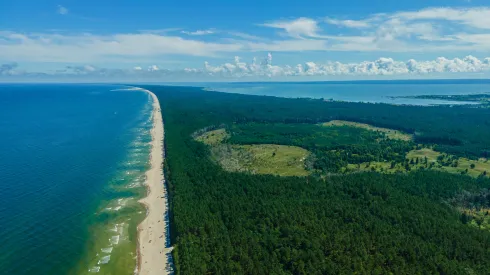
Poland’s Vistula Spit key European bird migration route, says expert
The Vistula Spit is “one of the most important bird migration corridors in Europe,” the president of a Polish ornithological association that monitors bird migration on the Vistula Spit, has told the Polish Press Agency (PAP).
-
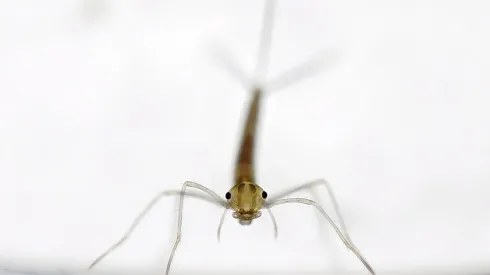
Exposure to early stress can protect damselflies from later threats, international study shows
Larvae and adult damselflies can feel the effects of stress experienced as eggs, and exposure to one stressor can protect the animals from the effects of subsequent stress, says new research from an international team of scientists.
-
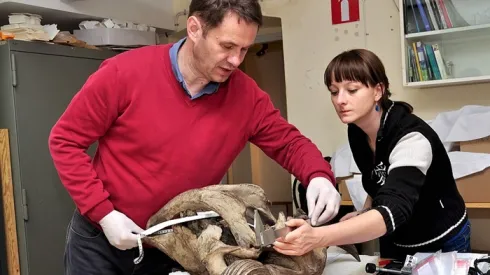
Study Reveals How European Bison Survived While Other Ancient Relatives Vanished
Scientists have gained new insights into the evolutionary history and palaeoecology of European bison and their extinct relatives, showing how only the European bison survived more than 50,000 years of environmental change and human pressure.


